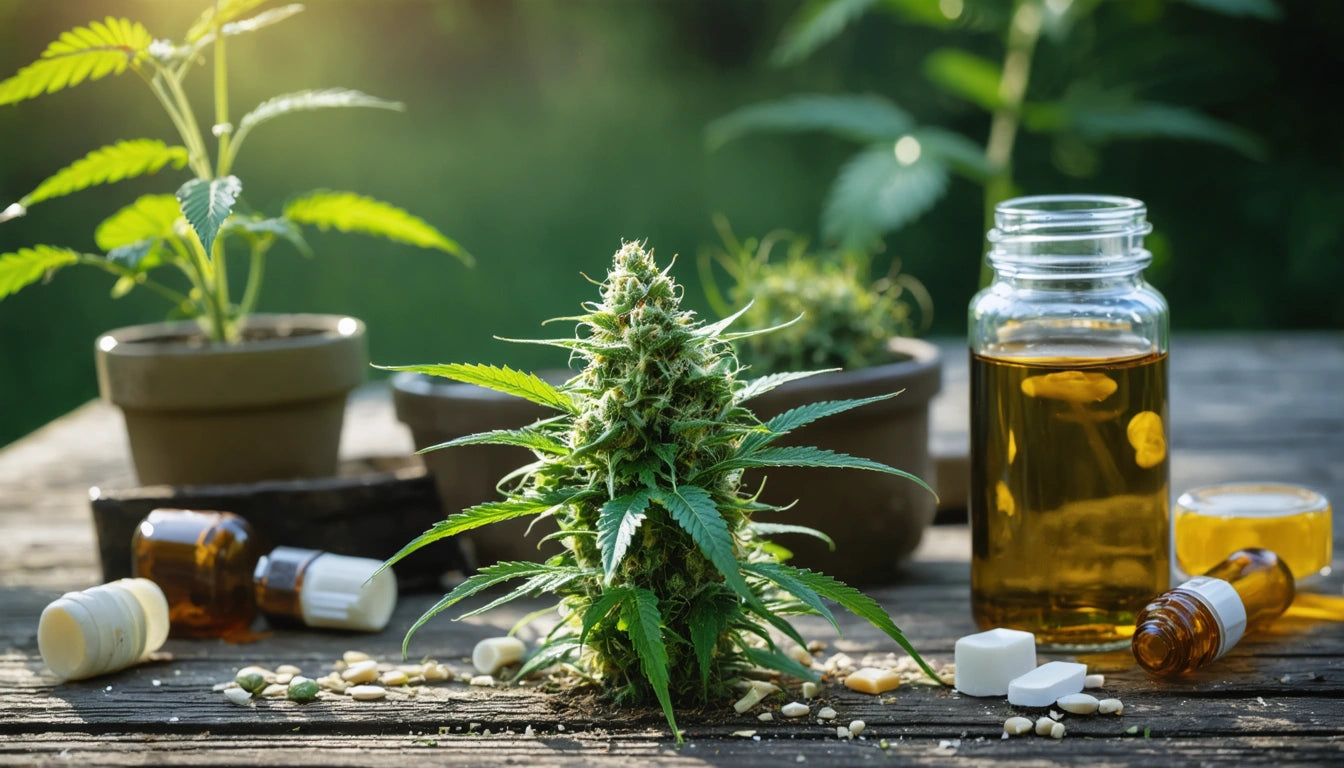Table of Contents
Sample programs and staff demonstrations are essential educational tools in the cannabis industry. They allow budtenders to gain firsthand experience with products, enabling more informed recommendations to customers. However, these programs come with strict regulatory requirements and practical challenges that demand specialized packaging solutions.
Legal Requirements for Sample Packaging
Cannabis samples, even those not intended for sale, must adhere to the same stringent packaging regulations as retail products. This includes child-resistant features, proper labeling, and tracking mechanisms. Each state has specific requirements regarding sample programs, with some requiring special designations on packages to indicate they are not for retail sale.
Child-Resistant Packaging Requirements
All cannabis samples must utilize child-resistant packaging, regardless of their intended use. Our secure container closure options provide compliant solutions that maintain product integrity while meeting regulatory standards for internal samples and demonstrations.
Most jurisdictions require samples to maintain the same level of protection as consumer products. This includes:
- ASTM-certified child-resistant mechanisms
- Tamper-evident features
- Resealable containers for multi-use samples
- Opaque packaging in certain states
Labeling Considerations
Sample packages require clear labeling that distinguishes them from retail products. Labels should include:
- "NOT FOR RESALE" or "SAMPLE ONLY" designations
- Batch information for tracking
- THC/CBD content and testing information
- Internal tracking codes
As outlined in compliance requirements for cannabis packaging, proper labeling is essential for regulatory compliance and internal control.
Practical Packaging Solutions for Demos
Beyond compliance, sample packaging should facilitate effective product demonstrations and education. Consider these practical solutions:
Display-Friendly Containers
For flower samples, clear containers with magnifying features allow staff to examine trichomes and bud structure without handling the product directly. These containers should still maintain child-resistance while enabling visual inspection.
For concentrates and extracts, containers that showcase consistency and color while preventing degradation from light exposure are ideal. Small glass jars with UV protection and secure lids work well for this purpose.
Portion Control for Edibles and Beverages
Sample-sized packaging for edibles should clearly indicate dosage information. Single-serving containers help prevent overconsumption during staff education sessions. As discussed in custom inserts and sample packaging, specialized inserts can secure small samples while maintaining professional presentation.
Tracking and Inventory Management
Sample inventory requires meticulous tracking to ensure compliance with state regulations. Many states limit the quantity of samples permitted for educational purposes.
Inventory Control Systems
Dedicated tracking systems for samples should include:
- Unique identifiers separate from retail inventory
- Chain of custody documentation
- Expiration tracking to ensure samples remain fresh
- Usage logs for compliance reporting
Integrating sample tracking with your point-of-sale system, as described in POS integration and inventory tracking, creates a seamless compliance process.
Staff Training for Sample Programs
Effective sample programs require comprehensive staff training on both compliance and educational objectives.
Handling Protocols
Staff should be trained on proper sample handling, including:
- Opening and resealing child-resistant packaging correctly
- Maintaining sample integrity during demonstrations
- Proper storage between uses
- Documentation requirements
Training should emphasize that samples are educational tools, not perks. Clear protocols prevent misuse while maximizing educational value.
Educational Framework
Create structured learning objectives for each sample, focusing on key attributes staff should communicate to customers. This might include terpene profiles, onset times, or unique product features.
As highlighted in staff training guides, educating team members about packaging features enhances their ability to communicate value to customers.
Maximizing Educational Value Through Strategic Packaging
The ultimate goal of sample programs is education. Strategic packaging can enhance this mission while maintaining compliance.
Information Cards and Inserts
Include educational inserts with samples that highlight key information budtenders should know. These might feature:
- Cultivation methods
- Extraction techniques
- Terpene profiles with effects
- Suggested customer personas
These materials complement the physical sample and reinforce learning objectives.
Rotation Systems
Develop a system for rotating samples to prevent waste and ensure staff experiences a variety of products. Proper packaging that maintains freshness extends sample viability, reducing program costs while maximizing educational impact.
By implementing these legal and practical packaging strategies, cannabis businesses can create effective sample programs that enhance staff knowledge, improve customer service, and maintain strict regulatory compliance.











Leave a comment
All comments are moderated before being published.
This site is protected by hCaptcha and the hCaptcha Privacy Policy and Terms of Service apply.